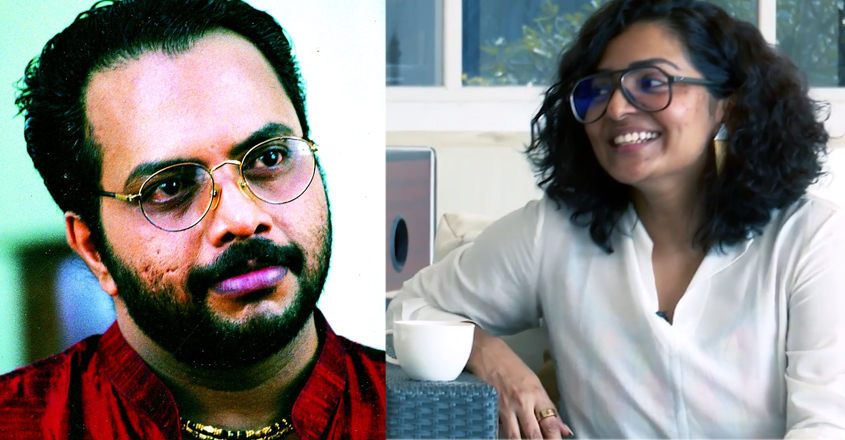loading…
Wilhelm Roentgen, Professor of Physics in Wurzburg, Bavaria, discovered X-rays in 1895 by accident. Page columbiasurgery.org writes, Wilhelm Roentgen discovered X-rays while testing whether cathode rays could penetrate glass.
His cathode tube was covered in thick black paper, so he was surprised when an incandescent green light escaped and was projected onto the screen fluorescent closest. Through experiments, he discovered that mysterious light would pass through most substances but leave shadows of solid objects. Since Wilhelm Roentgen did not know what rays were, he called them ‘X’, which means unknown ‘rays’.
Wilhelm Roentgen quickly discovered that X-rays would pass through human tissue as well, making the bone and tissue underneath visible. News of his discovery spread around the world, and within a year, doctors in Europe and the United States used X-rays to locate gunshots, fractures, kidney stones, and ingested objects.
Awards for his work poured in. Including the first Nobel Prize in physics in 1901.
The clinical use of X-rays is growing rapidly, with little regard for the potential side effects of radiation exposure. There were some initial suspicions from scientists including Thomas Edison, Nikola Tesla, and William J Morton, who each reported injuries they believed resulted from the X-ray experiments.
But overall, the early use of X-rays was widespread and uncontrolled. Even during the 1930’s and 1940’s, shoe stores offered free X-rays so customers could see the bones in their feet.
We now have a much better understanding of the risks associated with X-ray radiation and have developed protocols to minimize unnecessary exposure. While X-rays remain the cornerstone of modern medicine, their discoveries paved the way for the development of today’s broad-spectrum imaging techniques, including magnetic resonance imaging (MRI), computerized tomography (CT), ultrasound, echocardiography, and many others. Some of them completely avoid using radiation. Also read: 20,000 Rice Stalls Threatened to Close, Anies and Ariza Compact Culinary Tour to Senen
(iqb)
– .


